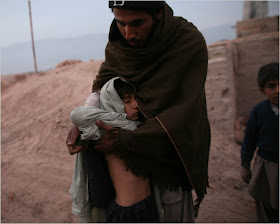Last weekend, 26 and 27 March, the course Educating Involves Commitment – Educar Compromete, organised by Iqbal Masih School of Educators and Families, was held in Emmaus House in Torremocha de Jarama, Madrid.
Educators seem to be constantly busy complying with the “administration” requirements; the school curricula; the book, which we have not designed; what our subject planning states; what parents demand in the name of competitiveness; what appears to be interesting in order to enhance our curriculum… even though all this may not be a response to our students’ real needs.
In the course, we have analysed problems and aggressions young people are subject to; as well as the instances that decide what their freedom and happiness have to consist of; family breakdown in our society; young people’s loneliness; the school they do not feel identified with and which many of them end up failing at; their environment, actually perfectly designed by others; and their education virtual space, which brings discredit on any authority that does not match the nice and seductive neo-capitalist model. We are conscious there is an impending need to change the way we look at education and at ourselves as educators. Educating involves commitment, our integral commitment.
Neutral education does not exist! Being unaware of whom and what aims we are serving does not absolve us of our responsibility. The educators who do not side with the weakest inevitably take side with the powerful. Neutral education is not feasible, neither is a neutral school, nor is a neutral educator. It is essential to overcome our desperate indifference, our passive indignation, our critical conformism, our powerless heroic individualism.
An African proverb says: “it takes a village to educate a child.” For Freire, the purpose of education is that teachers and learners should “learn to read reality so that they can write their own history”; this presupposes the ability to interpret the world critically and to act to change it; by taking action and reflecting, through dialogue, learners and teachers take control of their lives. The celebrated statement by Freire that “No one knows everything and no one knows nothing; no one educates anyone, no one educates himself alone, people educate each other, mediated by the world and history” means it is this world of the others, of the impoverished, of the starving, of the destitute, of the exploited, of the enslaved, of the oppressed that demands we be a response. The right question to know what path to follow is not: what should I do to be a response?, but what should I be like to be a response?, and the answer is Vocation. Vocation is revolution.
Extract and translation of the article: “Educar Compromete,” written by Manuel Araus, Educator at Iqbal Masih School of Educators and Families.














